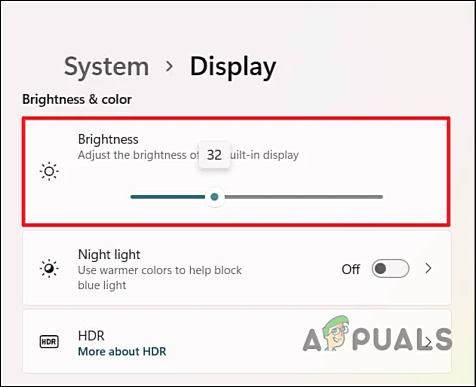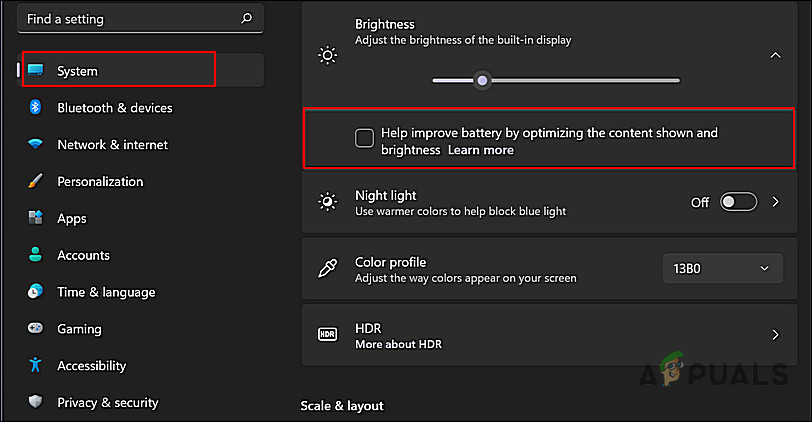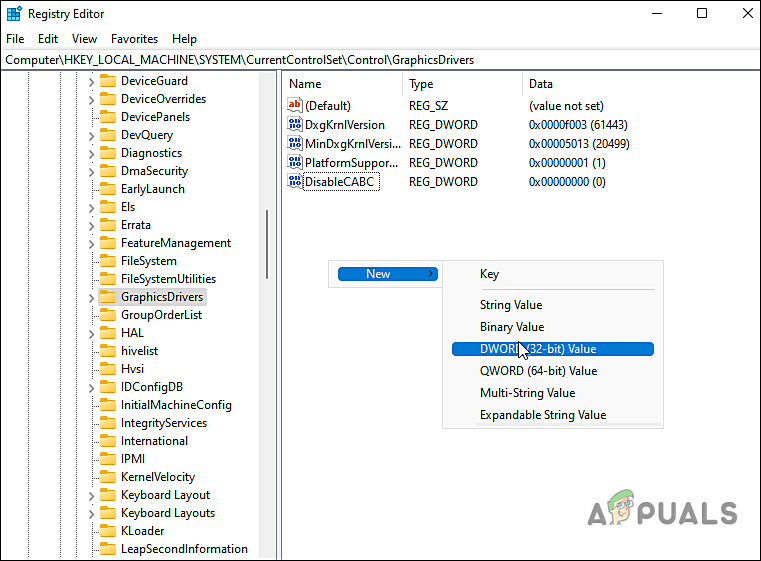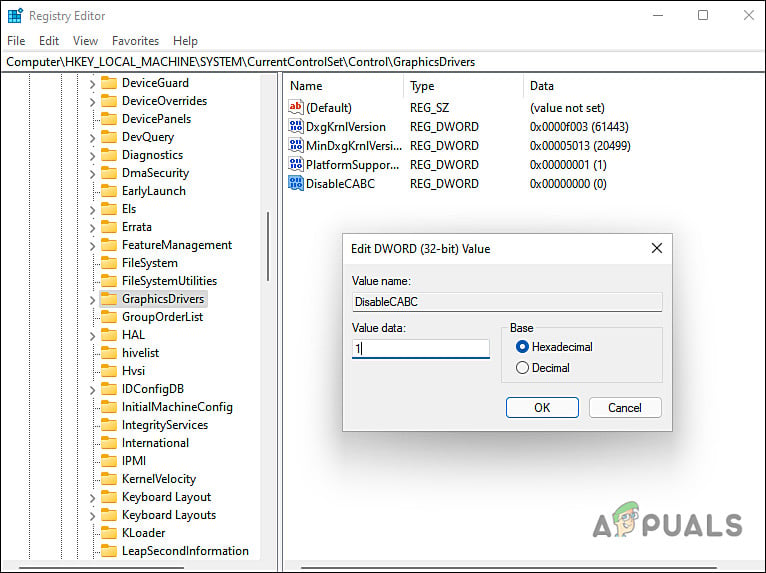How does Content Adaptive Brightness Control Work?
Before we jump into discussing ways to disable the CABC feature, let’s have a quick look at how exactly it works. With Content Adaptive Brightness Control, your screen’s brightness and contrast are dynamically adjusted. In other words, it is an extension of the existing screen brightness controls such as manual adjustment and automatically adjusting the brightness based on light conditions (auto-brightness). For instance, you may notice a change in contrast and brightness if you watch a video with a dark scene (filmed at night) followed by a bright scene (filmed on a bright, sunny day).
How to Disable Content Adaptive Brightness Control (CABC)
Use Windows Settings
The easiest way to disable CABC on Windows 11 is by modifying Windows Settings. However, note that this method can be used by all standard users. If you wish to make changes as an administrator for all user accounts, then jump to the next method.
Modify Windows Registry
To enable Content Adaptive Brightness Control in the future, you can either simply delete the Registry value created or change its value to 0.
Fix: Windows 10 Adaptive Brightness won’t Turn OffFix: Missing Display/Toggle for Adaptive BrightnessGoogle Pixel Fold Could Feature An Adaptive 120Hz Display with 1200-nits of Peak…DualSense’s Adaptive Triggers Feature has a Knock-on effect on the Xbox…





